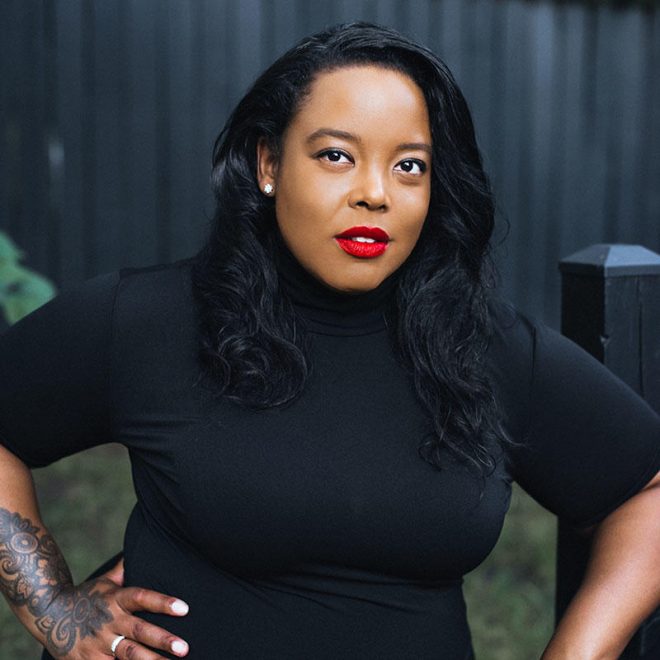My research focuses primarily upon gender and American slavery, but I am equally fascinated with colonial and 19th century legal and economic history, especially as it pertains to women, systems of bondage, and the slave trade.
My first book, They Were Her Property: White Women as Slave Owners in the American South(link is external), is a regional study that draws upon formerly enslaved people’s testimony to dramatically reshape current understandings of white women’s economic relationships to slavery. The book is based on my revised dissertation, which won the Organization of American Historians’ 2013 Lerner-Scott Prize for the best doctoral dissertation in U.S. women’s history. They Were Her Property foregrounds the testimony of enslaved and formerly enslaved people and puts their reflections into conversation with other narrative sources, legal documents, and financial records in order to show how white women’s pecuniary investments in the institution shaped their gender identities and to situate them at the center of 19th century America’s most significant and devastating system of economic exchange. As a whole, this book offers more expansive and differently gendered understandings of American slavery, the trans-regional domestic slave trade, and nineteenth-century slave markets.
I am currently at work on two new projects. The first, entitled “She had…a Womb Subjected to Bondage”: The Afro-Atlantic Origins of British Colonial Descent Law, examines the ways that West African customs and laws influenced English thinking about matrilineal descent and may have influenced their decisions to implement matrilineal descent laws in their North American colonies. My second project, “A Country so dreadfull for a White Woman” reconstructs the lives of nearly 300 British women and girls who travelled to the African littoral on Royal African Company slave ships and settled in the company’s forts and castles before 1750.
